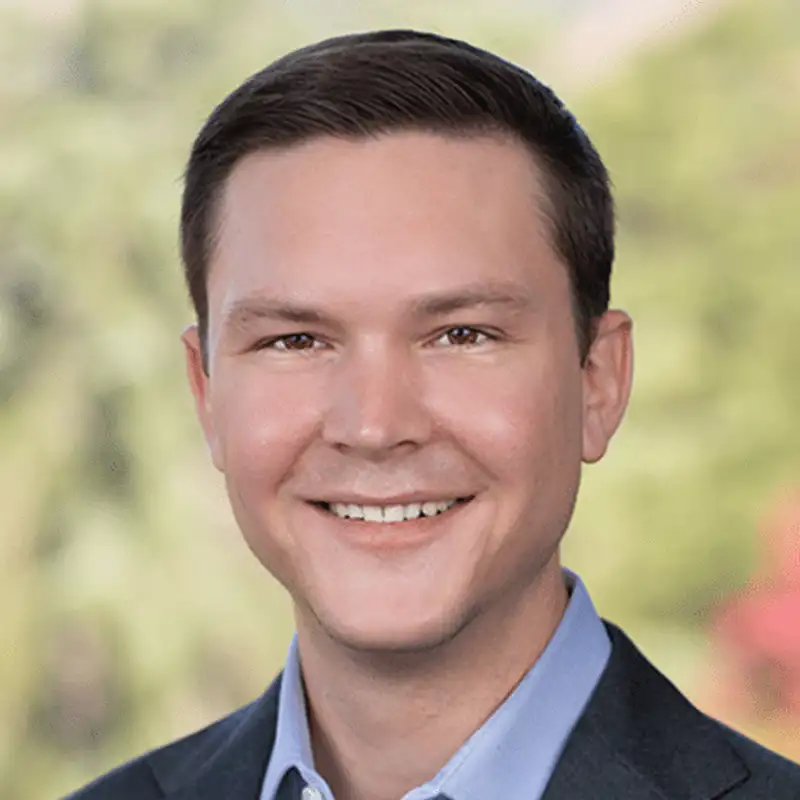Congratulations on maxing out your 401(k)! You're well on your way to building a robust nest egg and are still motivated to continue growing your savings. The next challenge is deciding where to allocate your money for maximum benefit. Here are some smart strategies to consider once you’ve reached your 401(k)-contribution limit.
Build or Replenish Your Emergency Fund
An emergency fund is an account that holds three to six months of essential living expenses such as rent or mortgage, utilities, car payments, and groceries. Three months is typically recommended for people with less debt and family responsibilities, while six months makes sense for people with more debt and dependents. Now is a good opportunity to revisit your budget and determine whether your emergency fund is adequately filled based on your personal situation. Being conservative when building this fund can provide extra piece of mind.
Bonus tip: Keep your emergency fund in a high-yield savings account to take advantage of the higher interest.
Pay Down Personal Debt
High Interest Rate Debt: While this should typically be a priority before maxing out a 401(k), now is still a good time to focus on paying this off. There’s no firm minimum for what counts as high interest rate debt, but a good baseline is 8%. Examples can include credit card debt, personal loans, private student loans, auto loans, and more.
Low Interest Rate Debt: This typically includes mortgages, federal student loans, or low-interest personal loans. If the interest rate is low enough, it can make sense only to make the minimum payment while you earn a higher expected return elsewhere. However, loans with interest rates approaching 5%-8% can be good candidates to accelerate paying down depending on your situation.
Contribute to a Health Savings Account (HSA)
If you have a High Deductible Health Plan (HDHP), you are likely eligible for an HSA. This type of account not only provides a valuable cushion for medical expenses, but also offers tax benefits. Contributions are tax-deductible, the funds grow tax-deferred, and qualified withdrawals for medical expenses are tax-free. An HSA can be a powerful tool that doubles as a long-term investment vehicle for retirement healthcare needs.
Save for Mid-Term Goals
Setting up a high-yield savings account for a specific goal can be a great way to tackle a large future expense. Examples include purchasing a home, a car, or saving for a dream vacation. If you expect to make a large purchase in the next one to five years, consider setting up a separate savings account to budget and track progress towards your savings goal.
Explore Other Employer-Sponsored Plans
Speak with your employer benefits specialist to see if there are plans in addition to your 401(k) that can help you save tax efficiently. For example, if you are at a public company, they may offer an Employee Stock Purchasing Plan (ESPP). If you work for a public institution, they may offer an additional retirement plan you can contribute to such as a 403(b) or a 457 plan. There are many other types of plans that your employer may or may not be offering that could be a great fit for your long-term savings strategy.
Open a Taxable Brokerage Account
Building an investment portfolio in a non-retirement account is another option to grow long-term wealth while giving you more flexibility when you become work-optional (retirement). If you set up an individual or joint account with your partner, you may open the door to invest in a broadly diversified portfolio including exchange-traded funds (ETFs) or mutual funds that align with your risk tolerance.
Consider Speculative Investing
If you have a desire to make more risky investments to achieve higher growth, you may be interested in speculative investing. Examples of this include investing aggressively in a single stock or trading cryptocurrencies. More speculative investments also have substantial downside risks, and you could lose a lot of what you put into them. A good rule of thumb to limit your risk of loss is to only use 10% of your taxable investment savings toward this asset.
Practice Family & Charitable Gifting
Gifting can be both rewarding and impactful. For family members, thoughtful gifts can help with education costs, home purchases, or starting a business. Charitable contributions not only support causes you care about but also enhance your philanthropic legacy.
This list can serve as a helpful guide to maximizing your savings strategy once you’ve maxed out your 401(k). However, everyone’s situation is a little different, so it may make sense to readjust the order or add to the list to better fit your situation. For example, Roth IRA/Roth 401(k) strategies were not mentioned above because they require more nuanced planning for higher earners who max out their 401(k). Overall, though, the more you save, the more options you will have available to you. Good luck on the journey!
Wealthspire Advisors LLC, Fiducient Advisors LLC, Wealthspire Retirement, LLC dba Wealthspire Retirement Advisory, and certain other affiliates are separately registered investment advisers.
This material should not be construed as a recommendation, offer to sell, or solicitation of an offer to buy a particular security or investment strategy. The information provided is for informational purposes only and should not be relied upon for accounting, legal, or tax advice. While the information is deemed reliable, Wealthspire Advisors cannot guarantee its accuracy, completeness, or suitability for any purpose, and makes no warranties with regard to the results to be obtained from its use.
Please Note: Limitations. The achievement of any professional designation, certification, degree, or license, recognition by publications, media, or other organizations, membership in any professional organization, or any amount of prior experience or success, should not be construed by a client or prospective client as a guarantee that he/she will experience a certain level of results or satisfaction if Wealthspire is engaged, or continues to be engaged, to provide investment advisory services.
Certified Financial Planner Board of Standards, Inc. (CFP Board) owns the certification marks CFP®, CERTIFIED FINANCIAL PLANNER®, and CFP® (with plaque design) in the United States, which it authorizes use of by individuals who successfully complete CFP Board’s initial and ongoing certification requirements.



